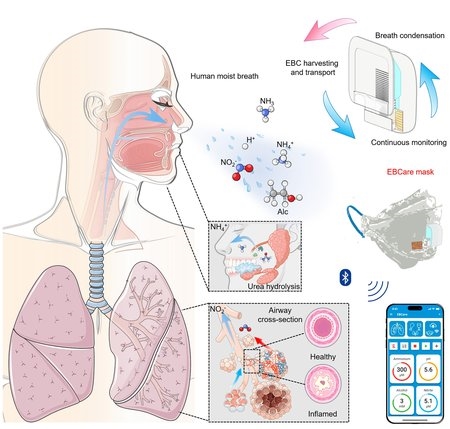
Clinical Applications and Challenges of Wearable Breath Analysis
Overview of wearable breath analysis: VOC biomarkers, wearable breath sensors, challenges in sensitivity, selectivity, sampling, ethical considerations, and clinical translation

Overview of wearable breath analysis: VOC biomarkers, wearable breath sensors, challenges in sensitivity, selectivity, sampling, ethical considerations, and clinical translation
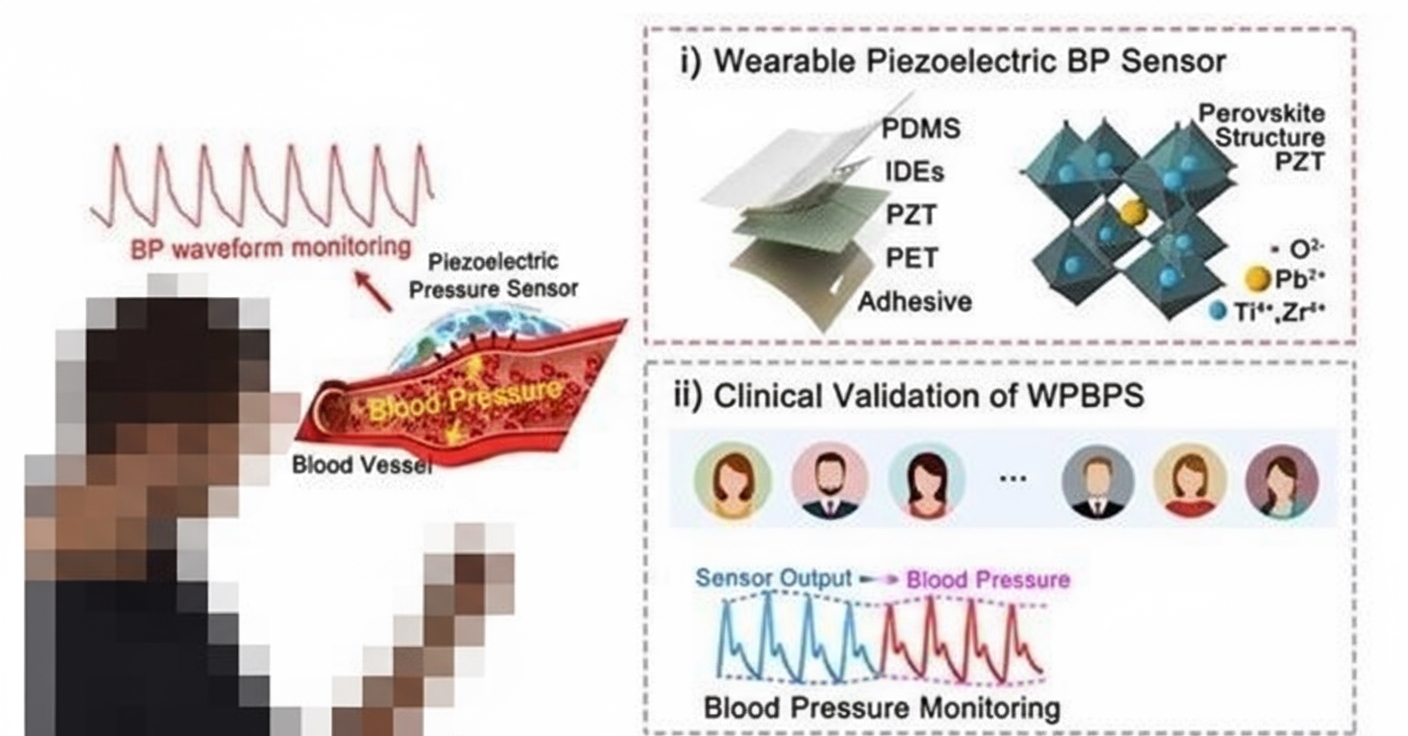
KAIST-developed wearable piezoelectric blood pressure sensor validated in clinical trials, meeting accuracy standards and integrated into smartwatch and patch prototypes.
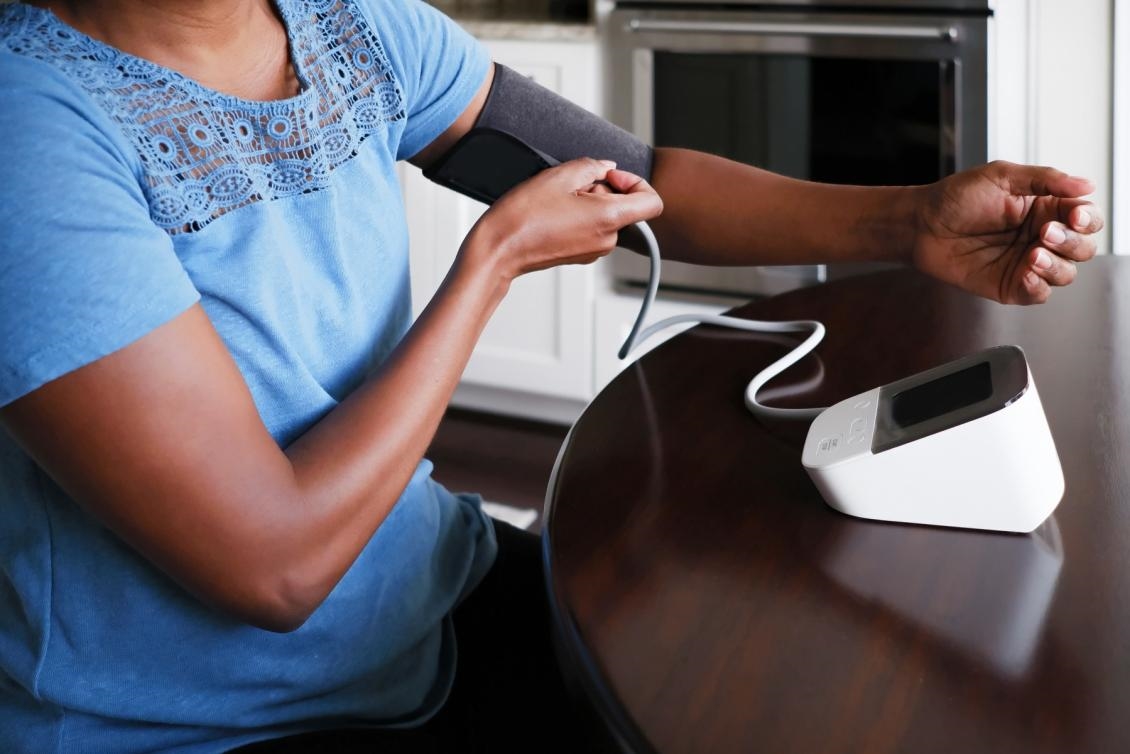
Ohio State researchers developed a wearable sensor to detect and monitor muscle atrophy using conductive e-threads and coil-based sensing for volumetric limb tracking.

Wearable bistable triboelectric nanogenerator using a flexible negative-stiffness mechanism to harvest low-frequency torsional energy from human motion and power low-power sensors.
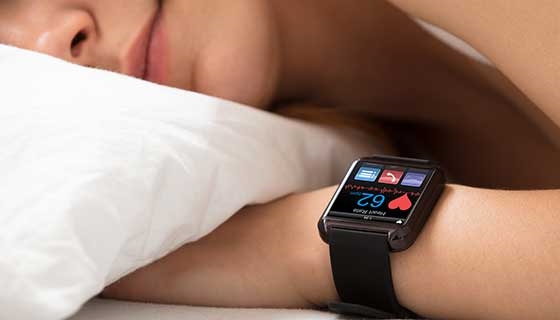
Overview of how wearables use actigraphy and cardiopulmonary coupling (CPC) to infer sleep stages, assess deep sleep accuracy, and enable at-home physiological sleep monitoring.
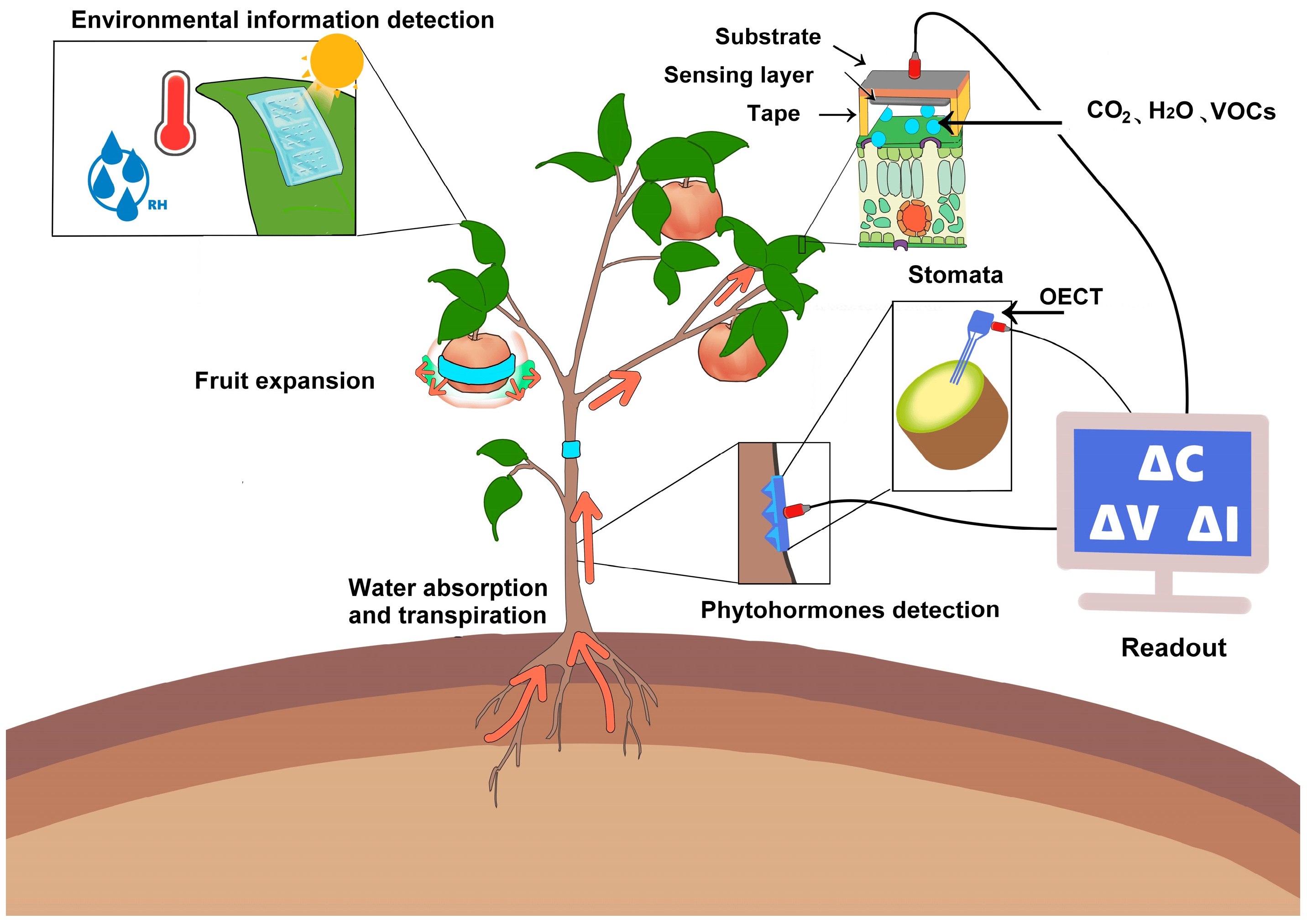
Multimodal wearable sensor patch for continuous plant physiology monitoring detects leaf VOCs, temperature and humidity; PCA-based ML enables earlier disease and stress detection.

Technical overview of vital signs monitoring and pulse oximetry principles, plus the AS705X AFE series for ECG/PPG acquisition in compact devices.

Flexible wearable optical wireless sensing (FWOS) system using laser-patterned PET/PI/Cu circuits and AS7263 NIR sensors for real-time fruit quality monitoring via Bluetooth.

YOBYBO Card20 Pro teardown and overview of the slim aluminum TWS earbuds, internal components, battery and connectivity.
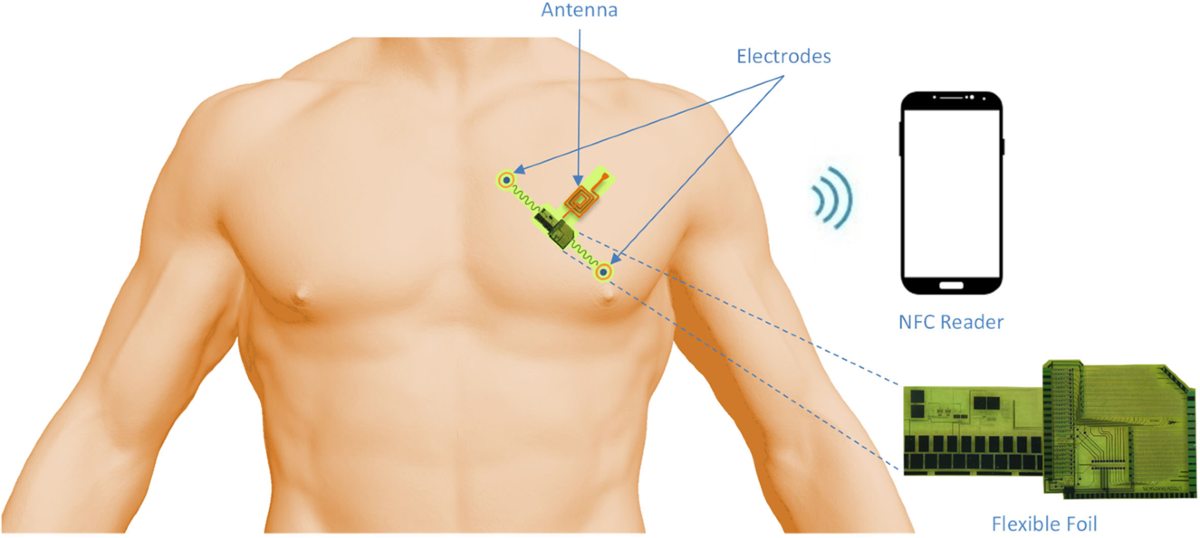
Skin-integrated PPG-ECG patch using ultraflexible organic photodetectors and hydrogel electrodes to monitor HR, RR, cuffless BP and SpO2 with high NIR responsivity.
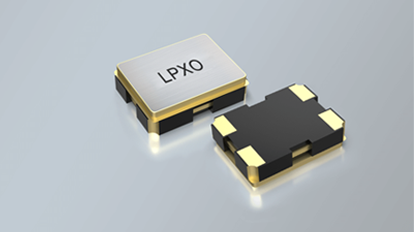
Technical overview of crystal oscillators for wearables, covering frequency, package, low-power and vibration requirements, plus a smartwatch nRF52840 reference design.
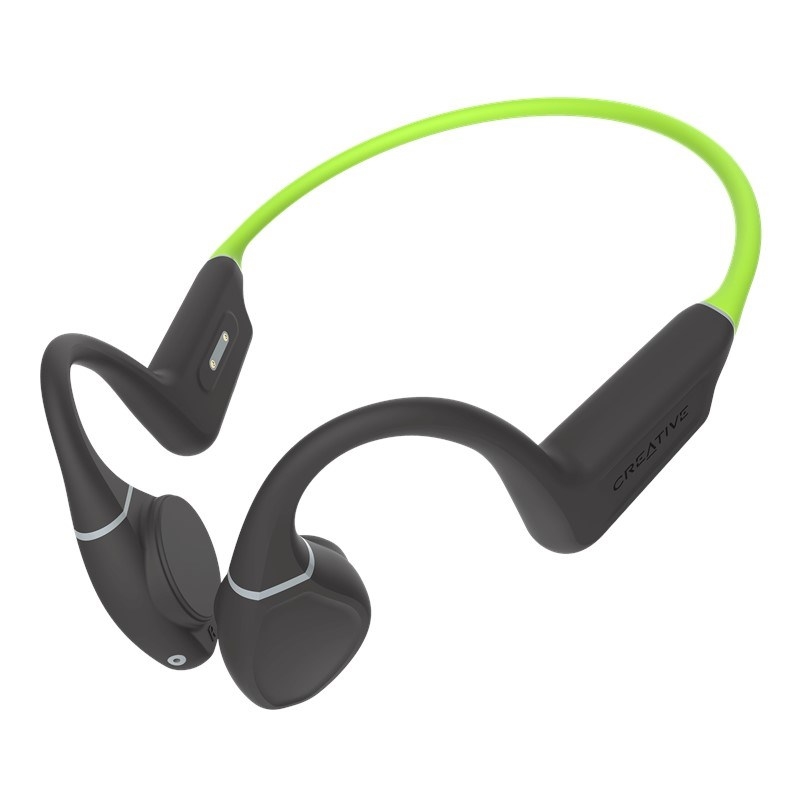
Technical overview of bone conduction headsets, openMHA-based hearing-aid research hardware, audio codecs, ASIC/ML integration, and key limitations.

Silk fibroin–MXene conductive fibers (Ca@MSNFs) enabling stretchable, repairable, antifreeze and degradable wearable humidity and strain sensors for health monitoring.

Technical overview of automotive HUD (head-up display) technology: optical projection, components, displayed data, implementation approaches, constraints and future trends.
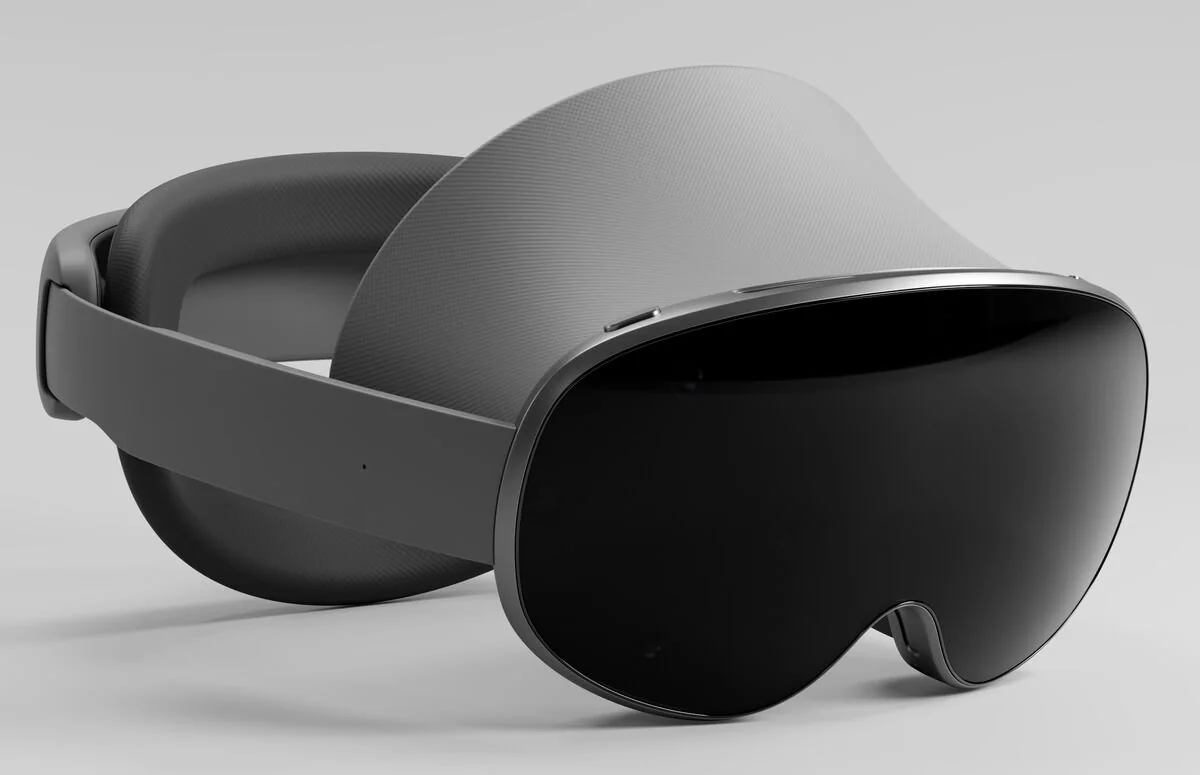
Overview of mixed reality (MR) headsets — origins, tracking and interaction capabilities — plus fundamentals of magnetic resonance imaging (MRI) signal processing, reconstruction.
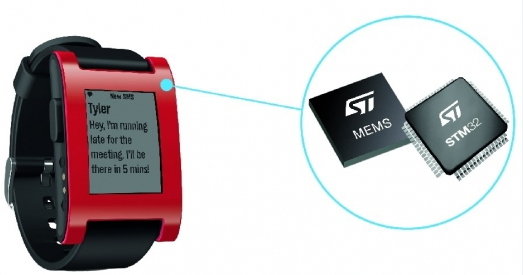
Compact STM32 bare-metal project implementing a multi-level menu UI on a 0.96-inch OLED integrating DHT11, RTC, keys and LED with GPIO I2C emulation.
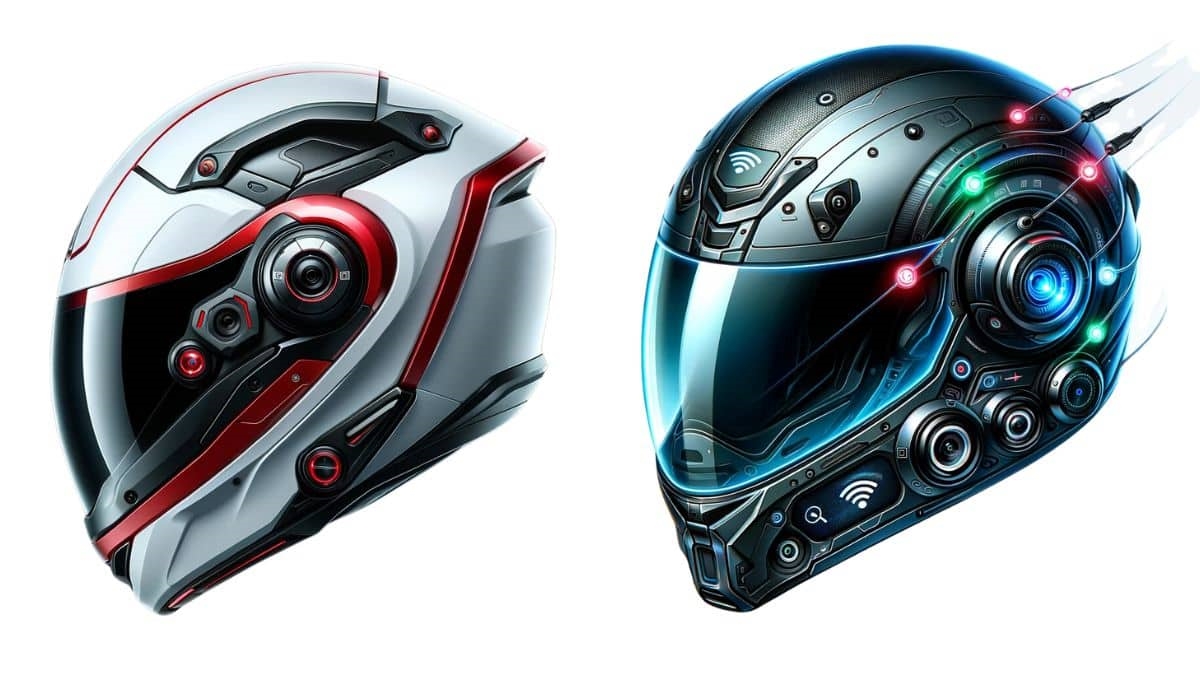
Technical overview of smart helmet technologies, covering augmented reality, head tracking, VR displays, wireless communication, HCI, and safety monitoring for engineering use.

Overview of smartwatch functions and battery life: features (health tracking, notifications, GPS, apps) and factors affecting real-world battery performance.
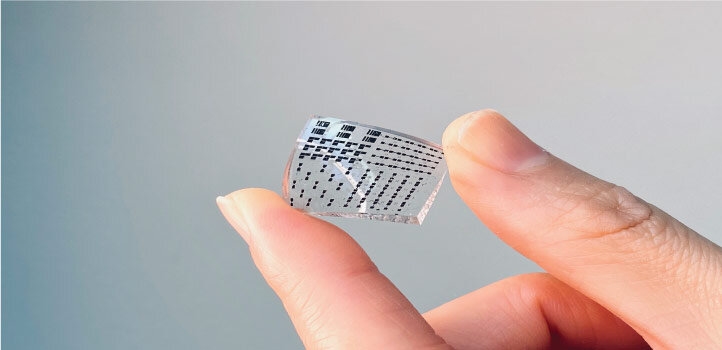
Overview of electronic skin (e-skin) architecture and operation: flexible substrates, integrated sensors, power, data processing and communication for wearable applications.

Overview of smartwatch features and uses, including health monitoring, activity tracking, notifications, and limitations of wrist-based blood pressure estimates.